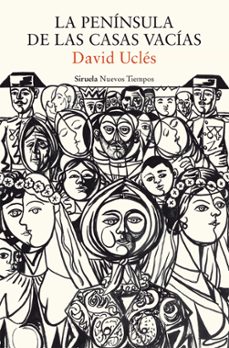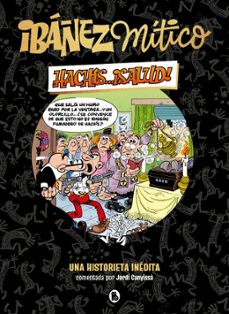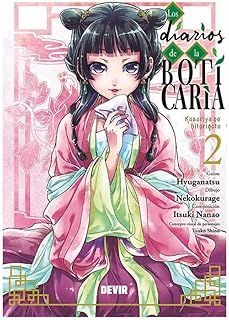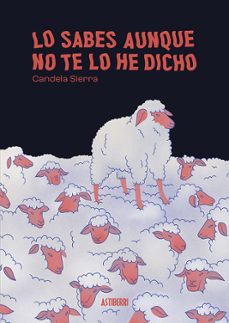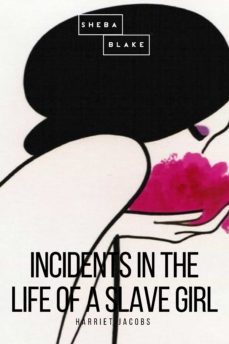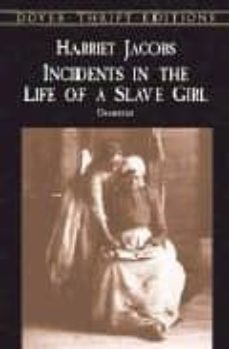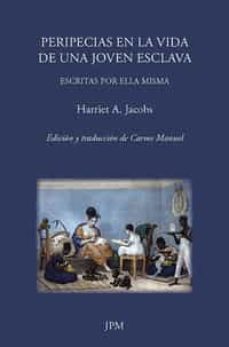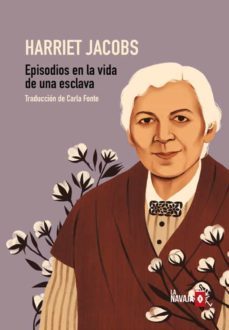Imprescindibles
Más vendidos Libros más leídos eBooks más leídos Todos los libros Todos los libros Autores destacados Series y sagas
Recomendados Libros recomendados Autores destacados Libros que inspiran Vidas con historia LGTBIQ+ English books
Ficción
Literatura Contemporánea Estudios literarios Clásicos Cuentos Poesía Teatro Libros de bolsillo Sagas literarias
Géneros literarios Novela romántica y erótica Novela negra Novela histórica Narrativa fantástica Novela de ciencia ficción Novela de terror Narrativa de humor Narrativa de viajes
No Ficción
Ciencias y tecnología Biología Ciencias Ciencias naturales Divulgación científica Informática Ingeniería Matemáticas Medicina Salud y dietas Formación Idiomas Estilo de vida Libros de Cocina Guías de viaje Narrativa de viajes Deportes Libros de Juegos Manualidades
Humanidades Autoayuda y espiritualidad Ciencias humanas Derecho Economía y Empresa Psicología y Pedagogía Filosofía Sociología Filología Biblioteconomía Estudios filológicos Estudios lingüísticos Estudios literarios Historia y crítica de la Literatura
Infantil
Juvenil
#Jóvenes lectores Narrativa juvenil Clásicos adaptados Libros Wattpad Libros Booktok Libros de influencers Libros de Youtubers Libros Spicy Juveniles Libros LGTBIQ+ Temas sociales Libros ciencia ficción Libros de acción y aventura Cómic y Manga Juvenil Cómic Juvenil Manga Shonen Manga Shojo Autores destacados Jennifer L. Armentrout Eloy Moreno Nerea Llanes Hannah Nicole Maehrer
Libros de fantasía Cozy Fantasy Dark academia Hadas y Fae Romantasy Royal Fantasy Urban Fantasy Vampiros y hombres lobo Otros Misterio y terror Cozy mistery Policiaca Spooky Terror Thriller y suspense Otros
Libros románticos y de amor Dark Romance Clean Romance Cowboy Romance Mafia y amor Romance dramatico Romance dramatico Romcom Sport Romance Otros Clichés Enemies to Lovers Friends to Lovers Hermanastros Slow Burn Fake Dating Triángulo amoroso
Cómic y Manga
Novela gráfica Novela gráfica americana Novela gráfica europea Novela gráfica de otros países Personajes, series y sagas Series y sagas Star Wars Superhéroes Cómics DC Cómics Marvel Cómics otros superhéroes Cómics Valiant
eBooks
Literatura Contemporánea Narrativa fantástica Novela de ciencia ficción Novela de terror Novela histórica Novela negra Novela romántica y erótica Juvenil Más de 13 años Más de 15 años Infantil eBooks infantiles
Humanidades Autoayuda y espiritualidad Ciencias humanas Economía y Empresa Psicología y Pedagogía Filosofía Historia Historia de España Historia Universal Arte Cine Música Historia del arte
Ciencia y tecnología Ciencias naturales Divulgación científica Medicina Salud y dietas Filología Estudios lingüísticos Estudios literarios Historia y crítica de la Literatura Estilo de vida Cocina Guías de viaje Ocio y deportes
Harriet Jacobs
Recibe novedades de HARRIET JACOBS directamente en tu email
Filtros
Del 1 al 7 de 7
SHEBA BLAKE PUBLISHING 9783961893492
Incidents in the Life of a Slave Girl is an autobiography by a young mother and fugitive slave published in 1861 by L. Maria Child, who edited the book for its author, Harriet Ann Jacobs. Jacobs used the pseudonym Linda Brent. The book documents Jacobs life as a slave and how she gained freedom for herself and for her children. Jacobs contributed to the genre of slave narrative by using the techniques of sentimental novels "to address race and gender issues." She explores the struggles and sexual abuse that female slaves faced on plantations as well as their efforts to practice motherhood and protect their children when their children might be sold away. Jacobs book is addressed to white women in the North who do not fully comprehend the evils of slavery. She makes direct appeals to their humanity to expand their knowledge and influence their thoughts about slavery as an institution. Jacobs began composing Incidents in the Life of a Slave Girl after her escape to New York, while living and working at Idlewild, the Hudson River home of writer and publisher Nathaniel Parker Willis. Portions of her journals were published in serial form in the New-York Tribune, owned and edited by Horace Greeley. Jacobs reports of sexual abuse were deemed too shocking for the average newspaper reader of the day, and publication ceased before the completion of the narrative.
Ver más
eBook
VINTAGE INTERNATIONAL. RANDOM HOUSE 9780679783282
Tapa blanda
DOVER 9780486419312
This classic memoir of slave life, written by a highly-literate North Carolina slave, was first published at the beginning of the Civil War when Jacobs had escaped to the North and begun campaigning for abolition. Her narrative focused especially clearly on the ways that slavery degraded women through sexual abuse and the separation of mothers from their children.
Ver más
Tapa blanda
JPM Ediciones 9788415499862
'Peripecias en la vida de una joven esclava, escritas por ella misma' (1861) de Harriet A. Jacobs es texto fundacional de la tradición literaria de mujeres afroamericanas. En primer lugar, y contrariamente a los textos de los escritores blancos, aqui no hay 'mammies' alienadas que dediquen sus vidas al cuidado de niños blancos, ni mulatas agonizantes ante la certeza de que no pueden participar, por culpa de su gota de sangre negra, en las prebendas del Sur aristocratico. En segundo lugar, y contrariamente a las narraciones de esclavos escritas por hombres, en este texto no hay negras pasivas, que se pudran en un agujero o a las que se mutile, lacere el cuerpo y viole, o a las que se les impida hablar con un hierro en la boca, ni tampoco esclavas que alcancen la libertad con un gesto heroico. Aqui, al contrario, aparece una esclava que emprende una contienda contra todas las representaciones distorsionadas anteriores y contemporaneas de la mujer negra. Aqui se oye la voz de una esclava que habla a su hija de como enfrentarse a la violencia, para que ella misma aprenda a rebelarse, para que jamas se someta ni pierda nocion de su identidad como negra y como mujer. Pero, ademas, como texto emblematico y como producto literario derivado de unas determinadas relaciones entre el rac
Ver más
Tapa dura
La Navaja Suiza Editores 9788412530940
arriet Ann Jacobs luchó desde niña por huir de la esclavitud y alcanzar
la libertad que solo parecía ofrecer el norte idealizado. Su primera ama le
enseñó a leer y escribir, las únicas armas con las
Ver más
Tapa dura
Del 1 al 7 de 7





